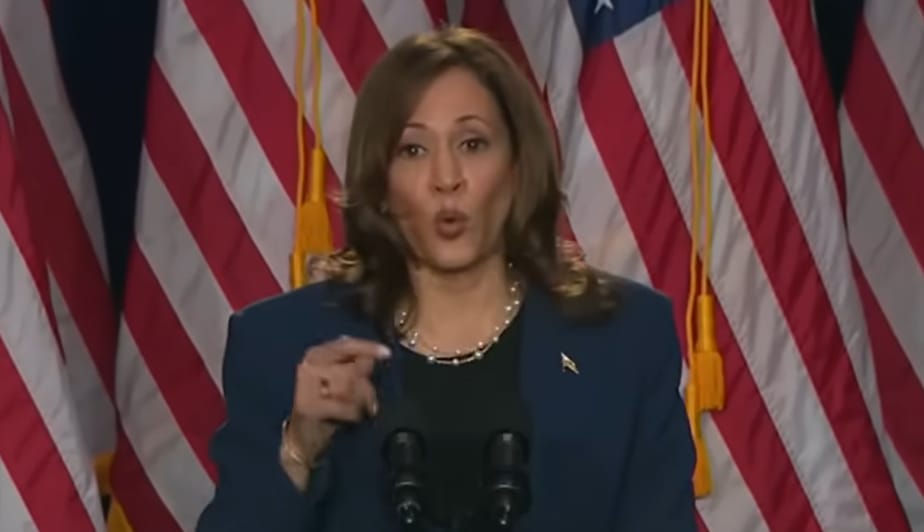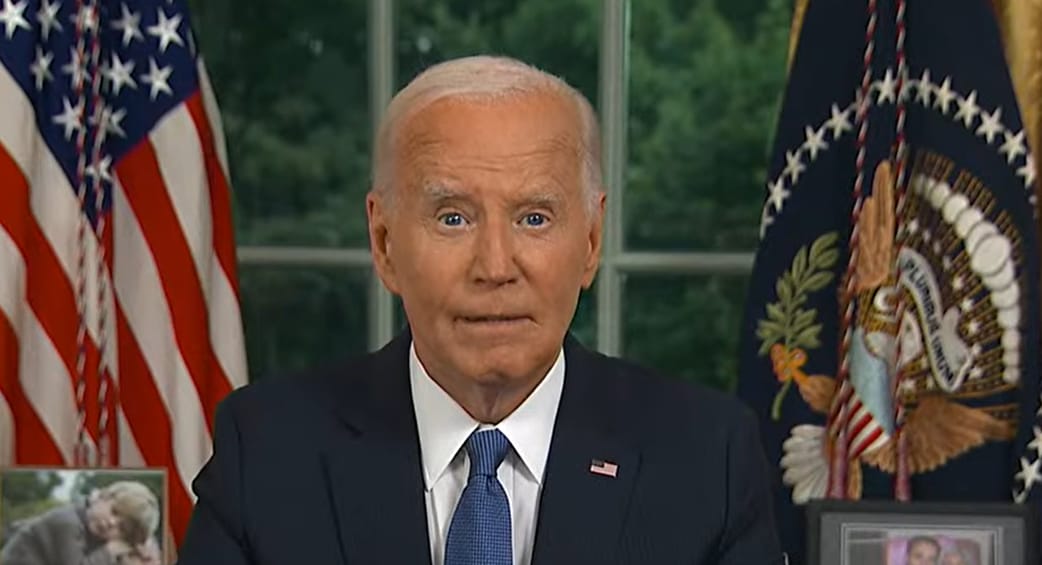The conservative rebellion and competing calls for more cash only compound fears of a dicey finale to this fall’s spending fight. As the threat of a government shutdown looms at the end of September, some lawmakers are avoiding any predictions after Congress managed to pass the debt limit package before a catastrophic U.S. default.
“Who knows what’s gonna happen? I mean, Jesus,” said Sen. Jon Tester (D-Mont.), the top Democrat who oversees defense spending. “We should celebrate that we actually didn’t shoot ourselves in the head.”
Tester is clamoring to start working with his Republican counterpart, Maine Sen. Susan Collins, to divvy up the largest pot of annual cash: the defense funding bill, which is expected to total more than $800 billion.
“I’ve got a tremendous amount of respect for Susan. We’ll work together. We’re gonna figure it out,” Tester said.
Collins, also the Senate’s leading Republican appropriator, and Senate GOP Leader Mitch McConnell (R-Ky.) have both aired hopes that Congress can exceed the $886 billion defense cap outlined in the debt limit package. Those two, and plenty of other senators, want Congress to pass a supplemental spending bill that would pour additional cash into efforts to head off Russian and Chinese aggression.
But their call for more money puts them at odds with McCarthy, who has questioned the need for a supplemental package that would undercut the House’s GOP’s original goal of cutting spending.
Adding to the discord, lawmakers on both sides of the aisle are anxious to avoid a provision in the debt pact that would impose a 1 percent funding cut next year if appropriators can’t strike a deal to fund the government and resort to a short-term patch.
Collins and her Democratic counterpart, Appropriations Committee Chair Patty Murray (Wash.), are plowing forward — publicly committing to a more bipartisan, transparent appropriations process than lawmakers have seen in years. In the past, Senate spending leaders have often failed to run all 12 bills through committee and then wrapped them into one mammoth package.
Murray and Collins say they hope to start marking up annual spending bills later this month.
But that’s an ambitious timeline for appropriators who are still digesting the particulars of the debt limit package while Republicans on both sides of the Capitol demand further concessions. The legislation lifts the nation’s borrowing cap through January 2025, in addition to setting overall government funding limits for the next two years.
House Appropriations Committee Chair Kay Granger (R-Texas) said she didn’t know if Republican appropriators would flout the budget caps included in the two-year deal, as some GOP hardliners are insisting on in their push for tens of billions of dollars in additional government funding cuts for the fiscal year that begins on Oct. 1.
“We don’t know that yet,” Granger said of her spending plans in a brief interview last week. “We don’t know what we’re doing.”
Sen. Chris Van Hollen (D-Md.), who oversees funding for the IRS, said it would be “a sign of very bad faith” if House Republicans wrote spending bills with lower funding totals than those set in the debt deal.
“It’s going to be really important that they stick to their agreement with the president,” he said.
Granger recently hit pause on House spending markups in an effort to give McCarthy maximum leverage in his negotiations with Biden. Some appropriators acknowledged, however, that Republicans were unsure if they could muster enough support for the bills within the deeply divided conference. Those markups are expected to resume this week, according to a House GOP aide.
“I’m ready to go. I was ready to go two weeks ago,” said Connecticut Rep. Rosa DeLauro, the top Democrat on the Appropriations Committee. “Where are we?”
If House GOP leaders decide to undercut those agreed-upon spending totals, they could shore up conservative support — but also make striking a bicameral agreement with the Senate astronomically harder.
“It’s going to be a delicate dance,” said Rep. Robert Aderholt (R-Ala.), who chairs the House panel in charge of funding the departments of Education and Labor, as well as Health and Human Services.
“We’ve gotta pass the bills. That’s the goal,” Aderholt said. “Obviously, as Republicans, it’s always good to try to do cutting. Of course, my bill will probably take a lot of the cuts. But I think we’ll work through it.”
Like Aderholt, top appropriators on the other side of the Capitol are anxious for party leaders to finish haggling over spending totals and political strategy, so they can take concrete steps to write and debate government funding bills.
“It is clear that we are going to move as quickly as we have in years,” said Sen. Chris Coons (D-Del.), who chairs the spending panel that funds the State Department and foreign aid programs.
But regardless of appropriators’ best intentions, passing all 12 spending bills on both the House and Senate floors is a heavy lift. Senate Republicans have pushed Majority Leader Chuck Schumer (D-N.Y.) to commit to honoring the intent of the debt deal by swearing off the usual practice of ultimately rolling the dozen measures into a massive funding package known as an omnibus.
Schumer and McConnell said in a statement hours before the Senate passed the debt deal that “leaders will seek and facilitate floor consideration of these bills with the cooperation of Senators of both parties.”
Collins has previously said the Senate may have to pass the bills in smaller funding bundles, or “minibuses.”
Schumer “loves the omnibus like the devil loves sin,” said Sen. John Kennedy (R-La.), the top Republican on the panel that funds the Department of Energy and water programs. “Because he can control all the spending, and he can hide a lot of the spending.”







